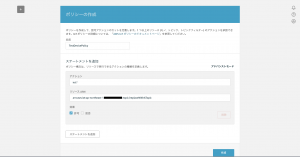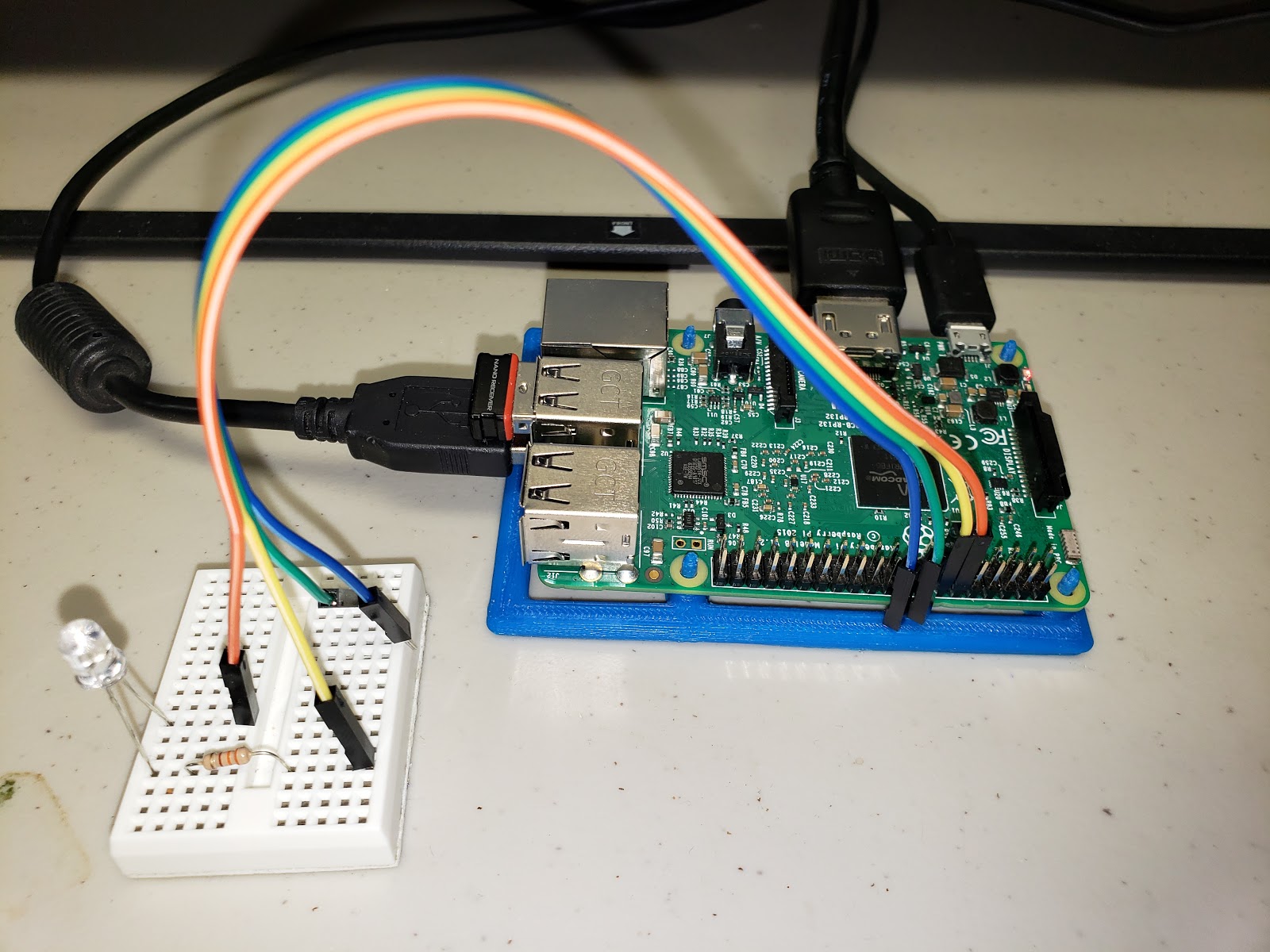

- #Gobot raspberry pi how to#
- #Gobot raspberry pi serial#
- #Gobot raspberry pi driver#
- #Gobot raspberry pi code#
#Gobot raspberry pi how to#

How to access context after setting up the `framework` in Poise (serenity) for a discord bot?.Tokio macro requires rt or rt-multi-thread in Solana program.Is there a way to optimize Rust filters for iterators like SQL queries?.Init Token Account error - 'Error processing Instruction 0: custom program error: 0x0'.how to get element from string that was split.Similar to what Adafruit shows on their siteįunc simpleAnimation(device i2c. Var names = make(string, len(shapeTable)) These constants are origially from Adafruit's GitHubįunc NewHT16K33Driver(addr int) *HT16K33Driver See the License for the specific language governing permissions and WITHOUT WARRANTIES OR CONDITIONS OF ANY KIND, either express or implied. Unless required by applicable law or agreed to in writing, softwareĭistributed under the License is distributed on an "AS IS" BASIS, You may not use this file except in compliance with the License. Licensed under the Apache License, Version 2.0 (the "License") If you build animate.go and run it, the command is simply ‘animate vt52’. The VT52 used an 8×8 character cell, larger than later terminals and the PC, which used a 5×7 character cell. That tiny repository is where you’ll find the VT52 converted ROM data.Īnd finally, the video at the top is using VT52 terminal characters converted from a VT52 rom dump.
#Gobot raspberry pi code#
It doesn’t suck as much as it did when I first started, especially after the long overdue drive to break up all the duplicate code into packages that was beginning to spread around. There’s still more to learn, and thus to do.Īll my code is finally available at. I also finally understood placing code into Go packages, in order to make as much of my code as reuseable as possible. But that’s OK the more complex code is obviously being used by others, and I like being able to find and use just what I need. I ran into a few issues using Gobot, such that I don’t use much except the core abstractions to the I2C bus such as I2cOperations, preferring to write everything else that I need beyond that.

It’s been interesting figuring out how to work with this device. Thus, if all you want to send is one 8×8 matrix’s worth of data, you need to send all 16 bytes in the local buffer (see Adafruit816LedMatrix.go below).
#Gobot raspberry pi driver#
The left most block is laid out in the evenly addressed bytes of the HT13K33 display driver chip, while the rightmost block is laid out in the oddly addressed bytes.

Why 16 bytes, you ask? That’s the third realization the two 8×8 matrix blocks have their display data interleaved.
#Gobot raspberry pi serial#
Instead you have to load a buffer, then send that buffer across the I2C serial interface, all 16 bytes in this case. That means no addressing the character data directly. The second thing you have to realize is that because this device is on the I2C bus it has to be sent data serially. Just about every other display in the world addresses characters by rows, left to right, top to bottom. The first thing you have to realize is that the 8×8 display has to be loaded column centric, top to bottom, left to right. Let’s say I wanted to draw a smiley face on the left 8×8 LED matrix display. Let me explain with the following diagram. It’s an interesting device, especially the way it’s wired with the H16K33 driver chip. It’s still being driven by the Gobot framework on the Raspberry Pi 3 B+. I’ve been working on writing more code to work with the Adafruit 0.8″ 8×16 LED Matrix FeatherWing Display. It’s been a little while since my last posts. Animate vt52 from William Beebe on Vimeo.


 0 kommentar(er)
0 kommentar(er)
